The current industrial model’s future depends on the circular economy package to generate positive societal benefits. It features gradually decoupling economic activities from mining raw materials to designing suitable waste systems.
KEY TAKEAWAYS:
- A circular economy works to empower communities by ensuring that the recycling of waste products is at the centre of the production of the goods.
- There is a great need to educate the masses on supporting and demanding responsible and sustainable packaging.
- There is an ongoing discussion about developing a national recycling framework for plastics in the U.S.
Since renewable energy is at the center of the circular economy package, it will depend on natural, economic, and social capital. The three principles underlying the circular package – which will affect your right to repair – includes:
- Regenerating natural systems
- Keeping materials and products in the usage cycle
- Designing out pollution and waste
Re-Shaping Growth of the Global Society by Using the Circular Economy
There are lots of opportunities when it comes to rethinking and redesigning the mining and production of goods. The idea that the global economy can expand to explore other ways of efficiently producing and reusing stuff will begin with renewable energy. If we want to pursue rebuilding economies differently, we need to go for the circular economy.
The Effect of the Circular Economy Towards Recycling
When consuming products, food and biologically-based items like wood and cotton can be absorbed back to nature through composting and anaerobic digestion. The technical and biological cycles associated with this process regenerate renewable living organisms like soil. In the end, product restoration is possible through reuse, remanufacture, recycling, and repair.
Related: Discover what is the right to repair and why it matters to you.
5 Actions Congress can Take to Build on the Realization of the Circular Economy
In July 2021, America’s leading plastic manufacturers outlined five actions that Congress can take to spark growth into the circular economy for plastics by implementing a national strategy. Firstly, the strategy includes a national standard whereby in 2030, all plastic packaging should contain at least 30% recycled plastic. In addition, a regulatory system should influence rapid growth in advanced recycling. Specifically, the proposal includes:
- At least 30% recycled plastic by 2030.
- A modern regulatory body that will spur mechanical recycling and other advanced recycling techniques.
- Research on the impact of raw materials by the National Academy of Sciences to guide future policies.
- Establish the plastics value chain and municipalities in partnership with the EPA (Environmental Protection Agency) and DOE (Department of Energy). The aim is to develop a national recycling framework for plastics.
- Establish a producer responsibility system to help increase recycling, collection, and education for all types of raw materials, including plastics.
Related: Image Technical Services v Eastman Kodak
F.A.Q.S
What is driving sustainable packaging?
The byproducts in the packaging industry include end-of-life waste and carbon emissions. As a result, the public needs to be aware of the need to drive more sustainable packaging.
What are the raw materials for producing plastic?
There are three categories of raw materials; renewable (bio-based, organic), fossil-based (gas or oil), and recycled. Most plastics come from oil or gas, a fraction from renewable sources, and about 2% from recycled plastics.
What is the difference between compostable and biodegradable plastics?
A biodegradable item breaks down into water, biomass, and carbon dioxide by natural action. Unfortunately, this term does not mean much with plastics because it does not provide information on how long the process will take for decomposition. A better approach is the production of compostable plastics. You can use this approach to break down plastic into water, carbon dioxide, and biomass within controlled conditions and within a specific time frame.
STAT: According to the World-Wide Fund for Nature study, human beings consume 1,769 tiny plastic fibers and particles every week. (source)
REFERENCES:
- https://www.unep.org/news-and-stories/speech/north-america-and-circularity-transition
- https://www.ellenmacarthurfoundation.org/assets/downloads/publications/Ellen-MacArthur-Foundation-Towards-the-Circular-Economy-vol.1.pdf
- https://www.usaid.gov/energy/sure/circular-economyr
- https://www.oecd-ilibrary.org/sites/16f47a98-en/index.html?itemId=/content/component/16f47a98-en
- https://www.meity.gov.in/writereaddata/files/Circular_Economy_EEE-MeitY-May2021-ver7.pdf

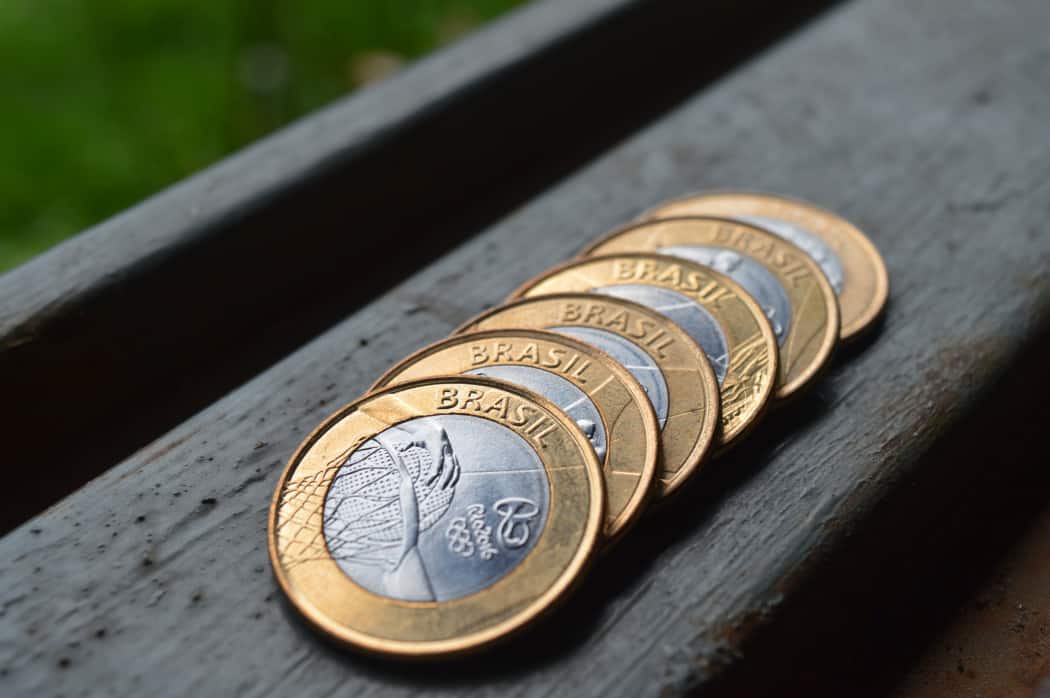








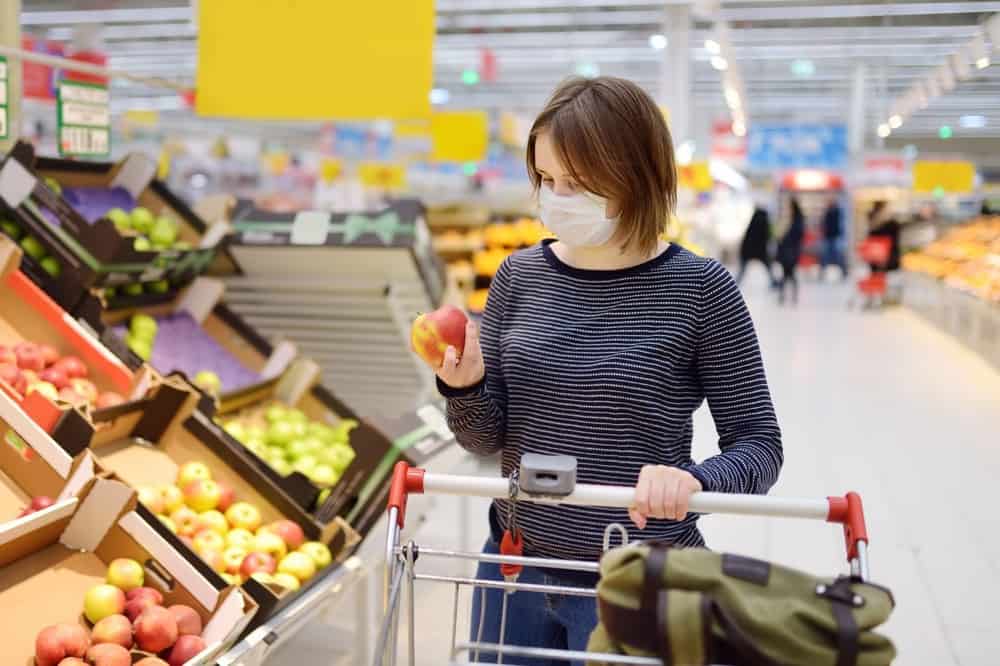






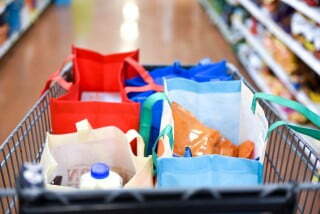

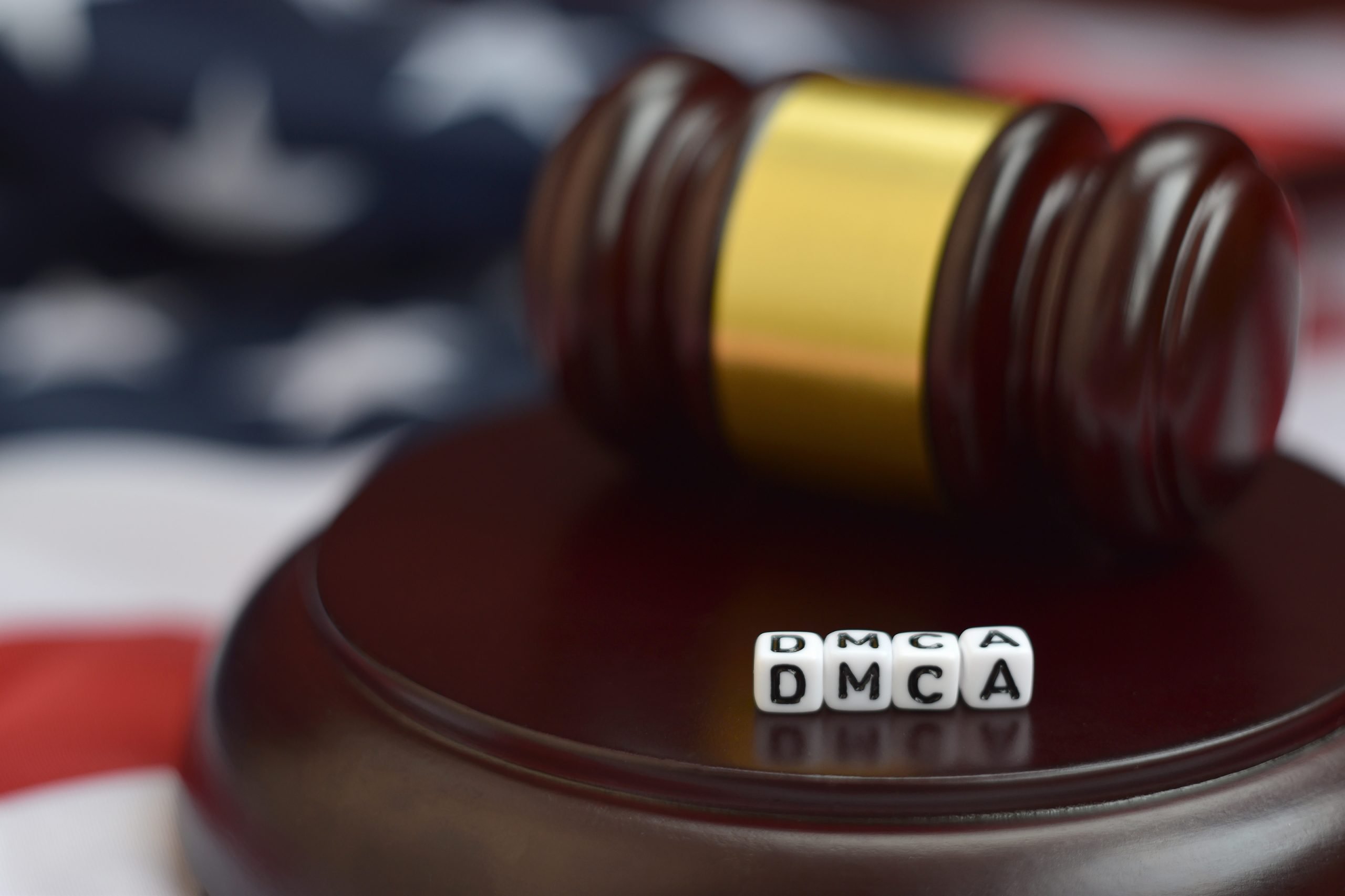
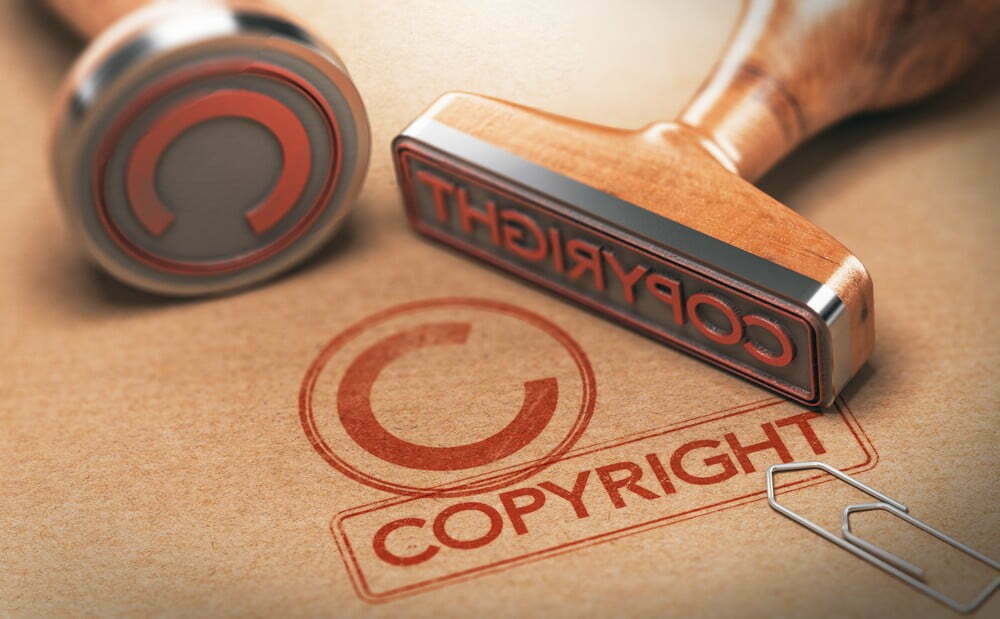

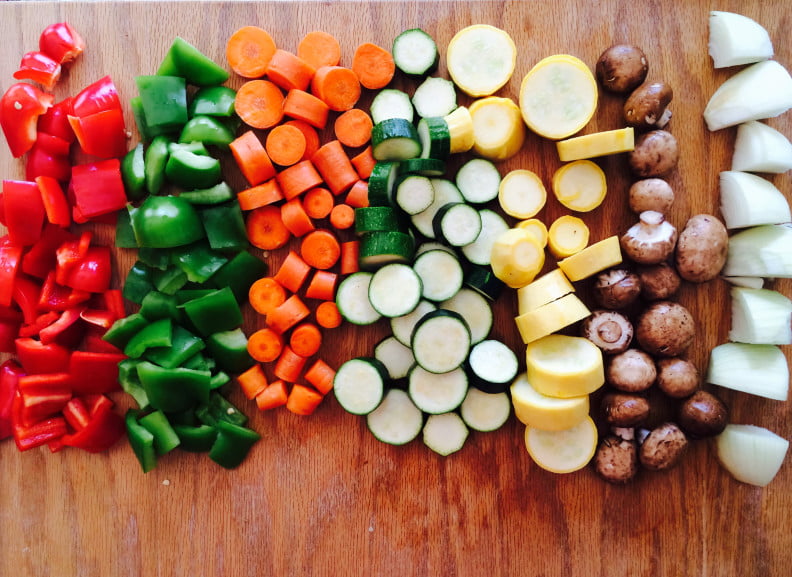




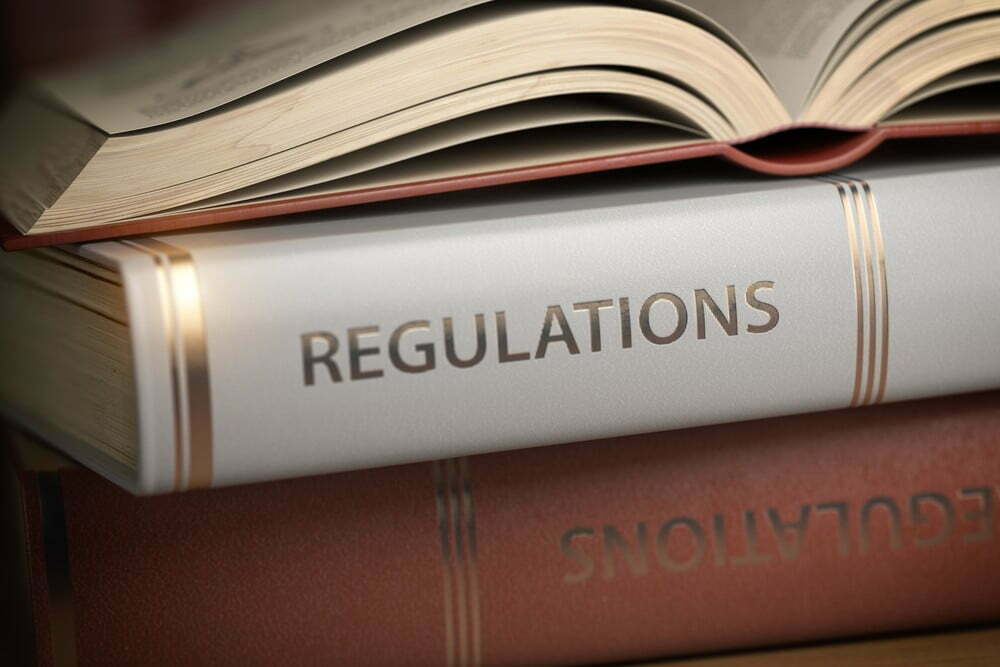

![Best Renters Insurances in [year] 22 Best Renters Insurances in 2025](https://www.gadgetreview.dev/wp-content/uploads/best-renters-insurance-image.jpg)
![Best Computer Repair Kits in [year] 23 Best Computer Repair Kits in 2025](https://www.gadgetreview.dev/wp-content/uploads/best-computer-repair-kit-image.jpg)
![Best Smartphone Repair Kits in [year] 24 Best Smartphone Repair Kits in 2025](https://www.gadgetreview.dev/wp-content/uploads/best-smartphone-repair-kit-image.jpg)
![Best iPhone Repair Kits in [year] 25 Best iPhone Repair Kits in 2025](https://www.gadgetreview.dev/wp-content/uploads/best-iphone-repair-kit-image.jpg)
![Best Windshield Repair Kits in [year] 26 Best Windshield Repair Kits in 2025](https://www.gadgetreview.dev/wp-content/uploads/best-windshield-repair-kit-image.jpg)
![Best Dent Repair Kits in [year] 27 Best Dent Repair Kits in 2025](https://www.gadgetreview.dev/wp-content/uploads/best-dent-repair-kit.jpg)